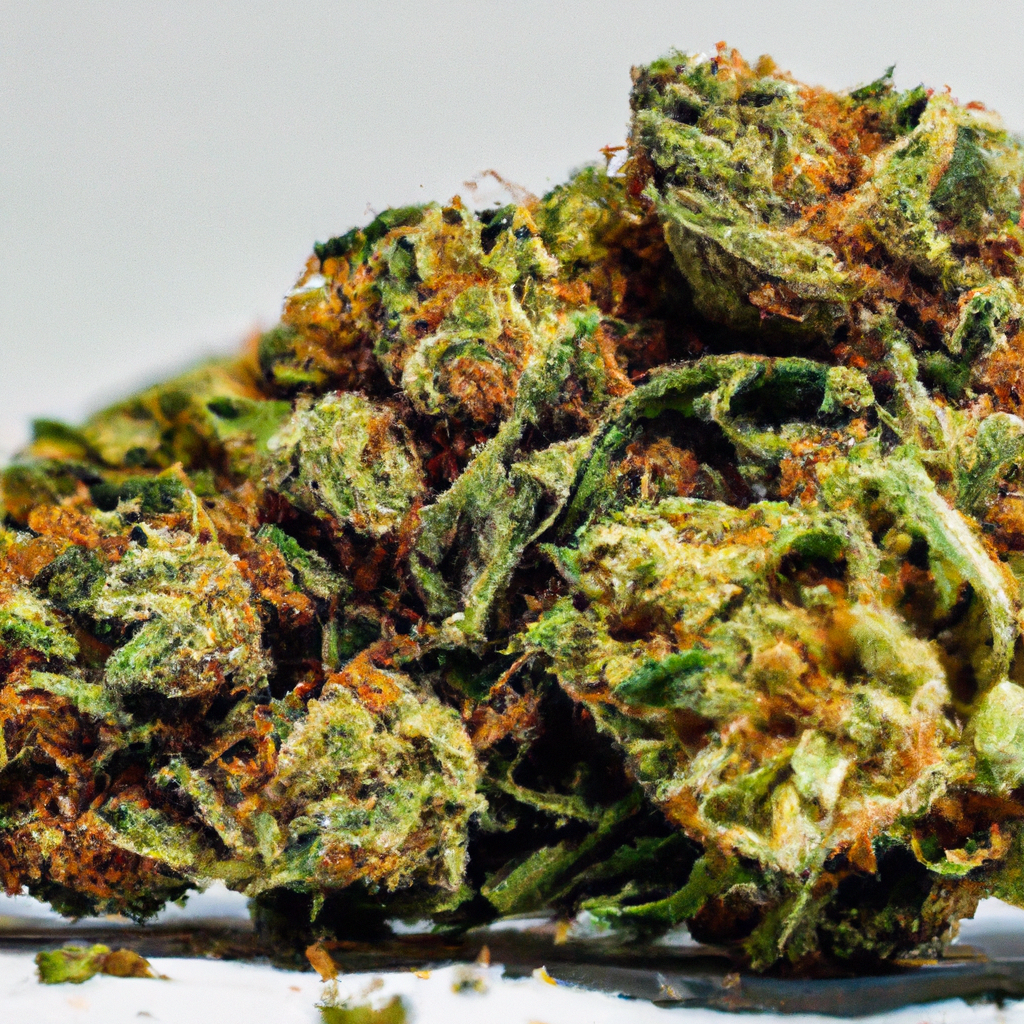Your cart is currently empty!
Durban Sapphire is a sativa-dominant hybrid strain renowned for its uplifting effects and vibrant terpene profile. With a rich history rooted in African cannabis genetics, this strain has captivated both cultivators and consumers alike. In this detailed guide, we will explore its genetics, appearance, aroma, effects, and provide cultivation tips to maximize its potential.
Genetics and Background
Durban Sapphire is a cross between Durban Poison and Blue Sapphire. Durban Poison is a classic sativa landrace from South Africa, famed for its energetic effects and sweet, earthy flavor. Blue Sapphire, while less known, is a hybrid noted for its calming properties and berry undertones. The combination of these two strains creates a dynamic hybrid that leans towards sativa characteristics.
Appearance and Aroma
This strain features elongated buds with a dense structure, reminiscent of its Durban Poison lineage. Vibrant green hues are interspersed with deep blue shades and occasionally dotted with purple accents. Bright amber pistils contrast the lush foliage, covered in a heavy layer of resinous trichomes.
The aroma of Durban Sapphire is a unique blend of sweet and spicy notes. It opens with a floral bouquet and subtle hints of pine, followed by citrus and berry undertones inherited from Blue Sapphire. The complex aroma profile not only enhances the consumption experience but also entices enthusiasts immediately upon opening the jar.
Effects and Benefits
Durban Sapphire offers a wave of uplifting energy, making it an excellent choice for those seeking a mood booster during daytime use. The high is characterized by a euphoric rush that inspires creativity and enhances focus—ideal for artistic expression or social gatherings. Medically, it may assist in alleviating symptoms of depression, fatigue, and stress, making it a popular choice among patients seeking relief without sedation.
Cultivation Tips
- Climate: Durban Sapphire thrives in a warm, Mediterranean-like climate. If growing outdoors, ensure it has plenty of sunlight.
- Growing Medium: It prefers well-draining soil rich in organic matter. Using natural fertilizers such as compost can enhance growth.
- Training Techniques: Utilize low-stress training (LST) methods to optimize light distribution and improve yields. The strain responds well to topping, which encourages lateral growth.
- Flowering Time: Expect a flowering period of approximately 8 to 10 weeks indoors, with outdoor plants ready for harvest in mid to late October.
Conclusion
With its robust genetics, enticing aroma, and productive effects, Durban Sapphire is a gem in the world of sativa-dominant strains. Whether you are a cultivator looking for a rewarding grow or a consumer in search of an invigorating high, this strain is sure to deliver an exceptional experience. Embrace the balance of creativity and relaxation that Durban Sapphire has to offer.
Discover more from Magic Clones
Subscribe to get the latest posts sent to your email.


Leave a Reply